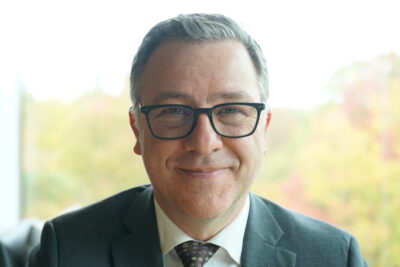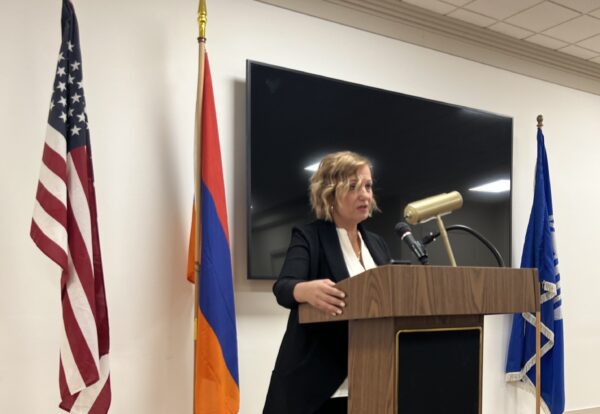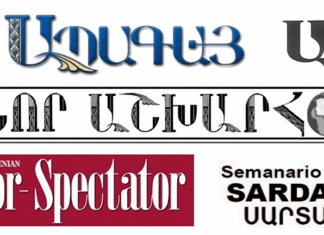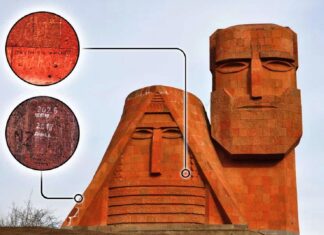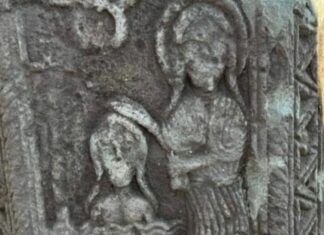WATERTOWN— EVN Report online news magazine founder and editor-in-chief Maria Titizian was the guest speaker at a program at the hall of the Baikar Building of the Tekeyan Cultural Association, on September 5, about the proliferation of misinformation and disinformation in Armenia now. The program was sponsored by the Tekeyan Cultural Association Boston Chapter, the Armenian Mirror-Spectator and the National Association for Armenian Studies and Research/Calouste Gulbenkian Foundation Lecture Series on Contemporary Issues.
Speaking to a rapt audience of about 50, Titizian, with humor and insight, described the state of media and news dissemination in Armenia, especially the proliferation of disinformation and misinformation during the Karabakh (Artsakh) war, and continuing still.
Titizian is a Lebanese-born Canadian who moved to Armenia more than two decades ago. Previously she was an associate editor of the Armenian Reporter and later managing editor at CivilNet. She also contributed a column for Asbarez, an official organ of the Armenian Revolutionary Federation, and is a lecturer at the American University of Armenia.
First, a couple of definitions; Merriam-Webster defines misinformation as “incorrect or misleading information,” whereas disinformation is “false information deliberately and often covertly spread (as by the planting of rumors) in order to influence public opinion or obscure the truth.”
Both are rampant in Armenia, Titizian said. With an enfeebled post-war Armenia, these cause an existential threat to its very existence.
Titizian noted that the media landscape in Armenia is “richly diverse,” with television, radio, print and online outlets for news. “But it is highly polarized, as is society,” she said, facing “significant challenges, also in the information stage.”
